The Archipelago
The history of shipbuilding in the Sorel region began in the 18th century. This industry peaked during World War II (1939-1945), when thousands of workers were employed at Marine Industries Limited, a company founded in 1937 by the Simard brothers, three sons of a navigator from Baie-Saint-Paul.

The eldest brother, Joseph, moved to Sorel in 1909. Eight years later, he purchased a workshop, Les Chantiers Manseau Limited, and went into business repairing, maintaining and building dredges. His brother Édouard joined him in Sorel in 1927. They were able to obtain a lucrative contract to dredge a shipping channel between Montreal and Quebec. The third brother, Ludger, joined the family business in 1931. Together, they purchased the shipyard from the government in 1937; this was the official beginning of Marine Industries Limited.
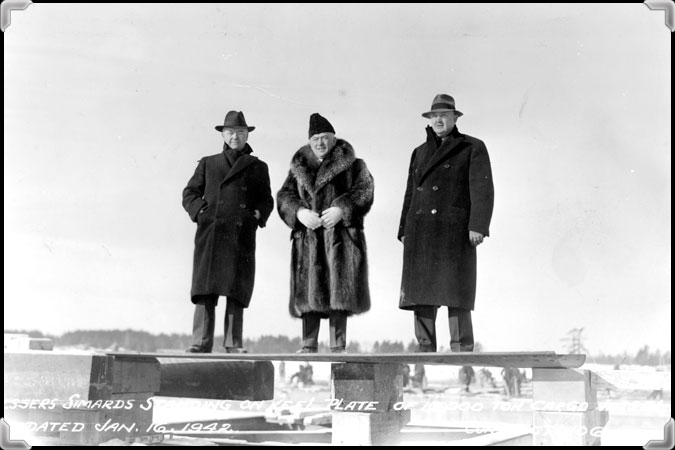
This company, based on the west bank of the Richelieu not far from the St. Lawrence, played a central role in the regional economy for many decades. The shipyard was one of Canada's most important shipbuilding centres.
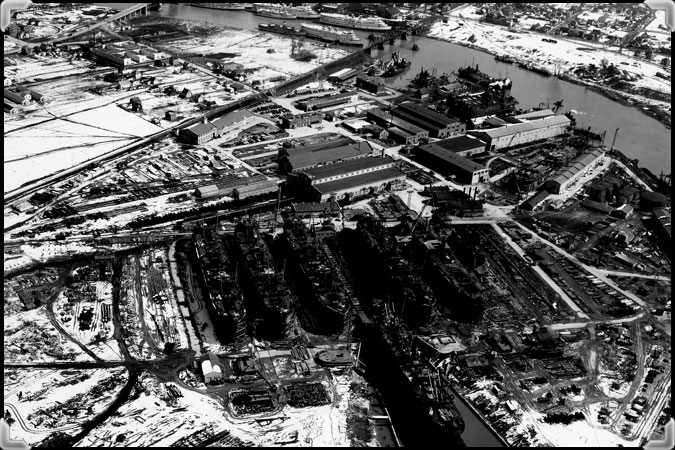
During World War II, the shipyard was open 24 hours a day. It operated at a frenetic pace, taking as little as a week to build an entire Liberty ship.
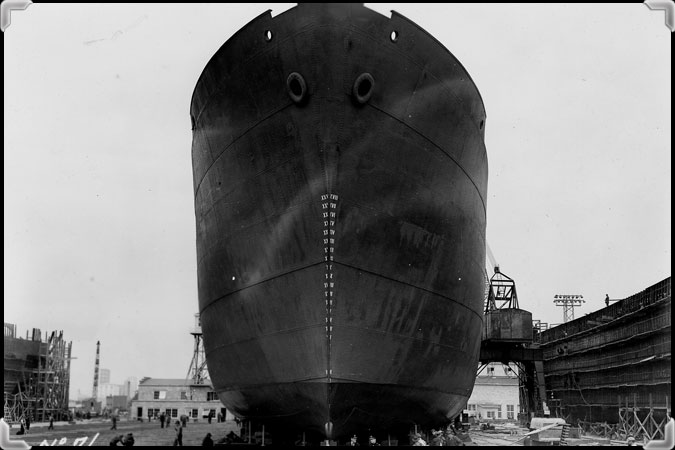
Marine Industries delivered 30 Liberty ships to the Royal Canadian Navy, as well as many minesweepers, light frigates, barges to transport troops and equipment, and fleet oilers.
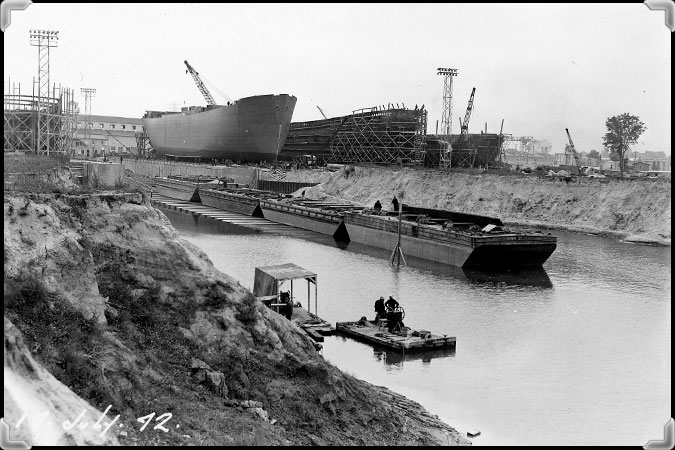
After the war, Marine Industries Limited diversified its production, building ferries, icebreakers, and oil tankers.
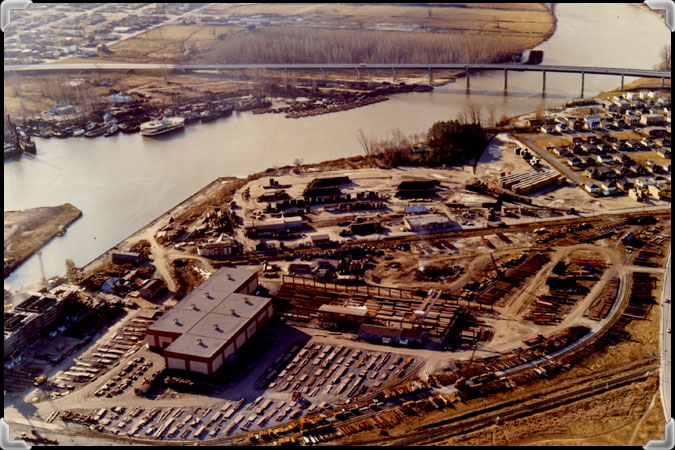
The "Sir William Alexander" was the last ship built entirely at the Marine Industries Limited shipyard, in 1987. It was intended for the Canadian Coast Guard.
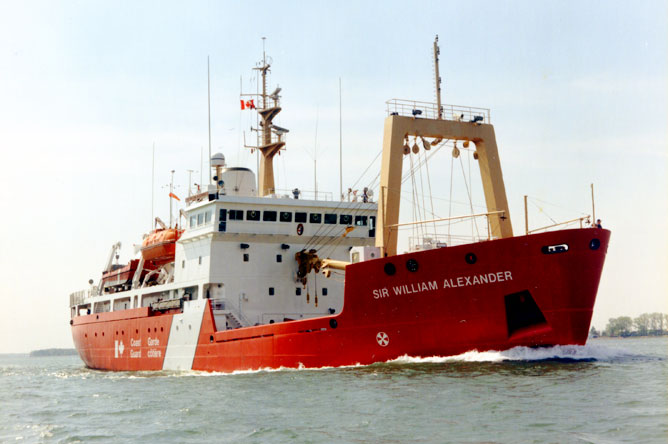
Many years' shipbuilding experience developed strong skills in this field among workers in the Sorel region.
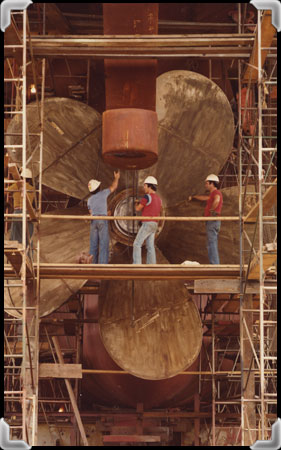
Commercial draftsman Philippe Demeules settled in the Contrecoeur region in 1940, and was hired by Sorel Industries and Marine Industries as a mechanical draftsman and commercial artist. In 1952, his passion for ships led him to start building models. His reproductions were of such high quality that models were commissioned by the Department of Transport, the Royal Canadian Navy, Marine Industries Limited and many other companies in the shipbuilding industry.
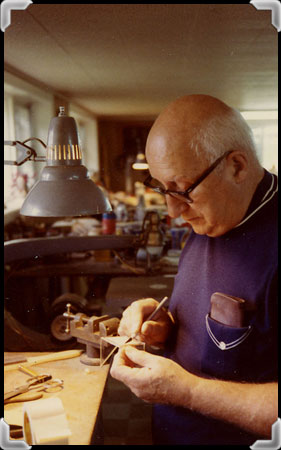
To meet the demand, Philippe Demeules taught his son Yvan how to build miniature ships. Over 20 years, they built 192 model ships in a workshop adjoining their home.
The models are an example of great craftsmanship and required great precision. It could take three or four months to build a single model, depending on the complexity of the ship being reproduced.

The icebreaking ferry 'Ambrose Shea', built in 1967, could carry 260 passengers in the cabin and 50 more on the bridge, as well as 100 cars and 20 tractor semi-trailers.

The ferry "Ambrose Shea," 9,400 tonnes
Built in 1967
Length: 120.61 metres
Width: 21.72 metres
Power: 2 engines of 6,500 metric horsepower
Speed: 17 knots
Designed and built by Marine Industries Limited
Model built by Philippe Demeules
The container ship "Jacek Malczewski" was built on 1979 for Polish Ocean Lines. The ship was sponsored by Polish painter Bronislawa Wilimowska.

'Jacek Malczewski', Marindus class general cargo vessel, 17,000 tonnes
Built in 1979
Length: 168.10 metres
Width: 24.00 metres
Power: 23,200 metric horsepower
Speed: 21.25 knots
Designed and built by Marine Industries Limited
Model built by Philippe and Yvan Demeules
The container ship 'Marindus Tracy', built in 1978, sailed between Indonesia and Japan.

"Marindus," general cargo vessel, 17,400 tonnes
Built in 1978
Length: 160.00 metres
Width: 22.80 metres
Power: 13,600 metric horsepower
Speed: 17.25 knots
Designed and built by Marine Industries Limited
Model built by Philippe and Yvan Demeules
The Ludger-Simard regional industrial park mainly houses companies in the metallurgy and environmental technology industries. It is located on the former site of Marine Industries Limited, which shut down completely in 1991.

For more information (in French only): Parc industriel Ludger-Simard